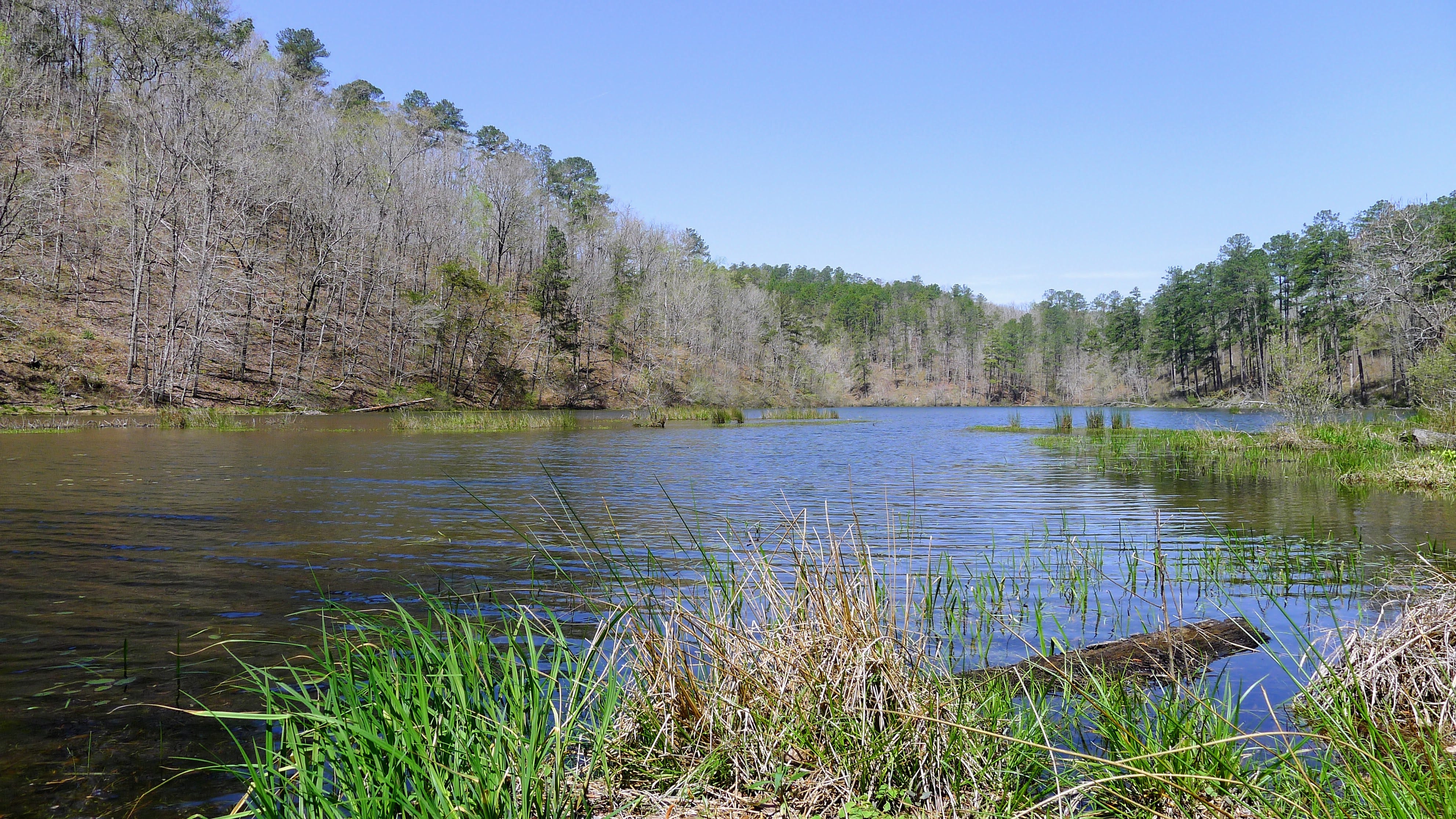
The Blue Million Miles Podcast
Connor Towne O'Neill
#05: Lake Chinnabee
Episode Notes
*clears throat*
It’s always easier not to. Not to write. Not to swim. Not to write about swimming. Easier not to turn left off the state road and descend the mountain to the lake below. It’s not like anyone will ever force you to. The excuses offer themselves too easily. And besides, entropy doesn’t even ask for one, content to carry you down its current, you low-down lazy bum.
But here I am. I’ve done it. I’ve come to the water’s edge. Lake Chinnabee. My trunks on. My shirt off. And…my only thought is of turning around. It is March. It is windy. And it is always easier not to. Even at the water’s edge.
Chinnabee is a small lake. 17 acres, if that means anything to you. You could achieve the opposite bank in a few minutes’ swim. Quaint. “A pastoral valley of peacefulness” is how the forest service describes it. Sure.
It’s smack in the middle of the Talladega National Forest. This is northeast Alabama. The mountains (insofar as that means anything here). The foothills of Appalachia, anyway. That famous trail officially ends 300 miles to the east at Springer Mountain, Georgia. But technically the range continues, or unravels really, across the border here before laying down on the coastal plain below. There’s a movement to extend the trail to Alabama; AT2AL it’s called. A purist’s vision, I guess, to trace the mountains down to the last peak, Mount Cheaha, which is just a few miles east of here, where I stand on the bank of this lake, the end of the end, the southern terminus, thinking about not swimming.
Then comes another thought. One that is at once stupid and profound. A holy-fool thought, to which I am too often inclined. This one having to do with time, and how we encounter it. How it shapes us. Namely that these mountains are very old and that it is a wondrous, almost inconceivable thing to be upon them.
The geological events that brought about the Appalachian mountains took place hundreds of millions of years ago, and involved great volcanic eruptions, the colliding of continental shelves, the coming together and the coming apart of Pangea. The Appalachians were once contiguous with a range that today stands in Morocco. I’ve just written that, but really I don’t even know what that means. The timespace of these hills, it’s like they’re in some kind of superposition. I’m looking at rock that was once at the center of Pangea, at the center of everything. In a range that is thought to have once been as tall as the Himalayas, the tallest in the world. But time, in this case expressing itself as hundreds of millions of years of erosion and continental drift, has worn it down and spanned an ocean through it.
I’d given a reading the night before, which is why I was up in this corner of the state. I’d published a book a few years ago about Confederate monuments and the protest movements to remove them. It had came out in September of 2020, which you might remember as a time of global viral pandemic. So t